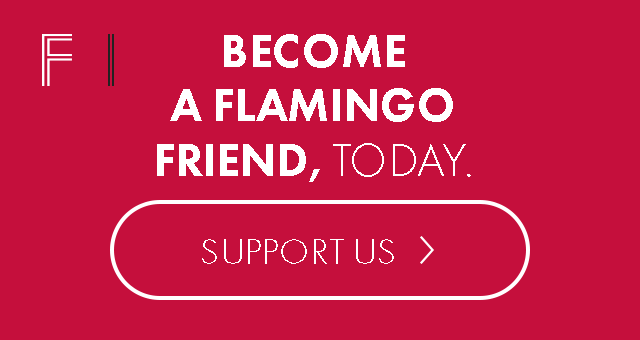by Steve Dollar | March 1, 2019
Medical Marijuana: Weed the People
Is Florida destined to become a pot-topia, a place with emptier jails and an influx of new tax dollars? We take a look inside the state’s medical marijuana industry.
Drive west from Tallahassee for a half-hour, and you’ll pass through a patch of classic, old-time Panhandle Florida. Quincy, population 7,600. While its quaint downtown square offers a window into the past, the city also provides a glimpse into the state’s future.

In the mid-1940s, the surrounding Gadsden County was a leading producer of shade tobacco and remains legendary for its plethora of “Coca-Cola millionaires,” savvy early investors in the soft drink who kept the town afloat during the
Depression. These days, though, the rusted tobacco shacks that dot open stretches of land are the weathered markers of another era. Around town, traditional Southern “meat-and-three” buffets have given way to taquerias, signaling the growth and influence of the Hispanic population, although Gadsden remains the single Florida county where African-Americans constitute the majority of the population and one of the state’s few Democratic strongholds.
Those aren’t the only changes that have come. The downtown is known for a vintage “Drink Coca-Cola” mural on the wall of Padgett’s Jewelers, but there’s a new industry making its mark around these parts.
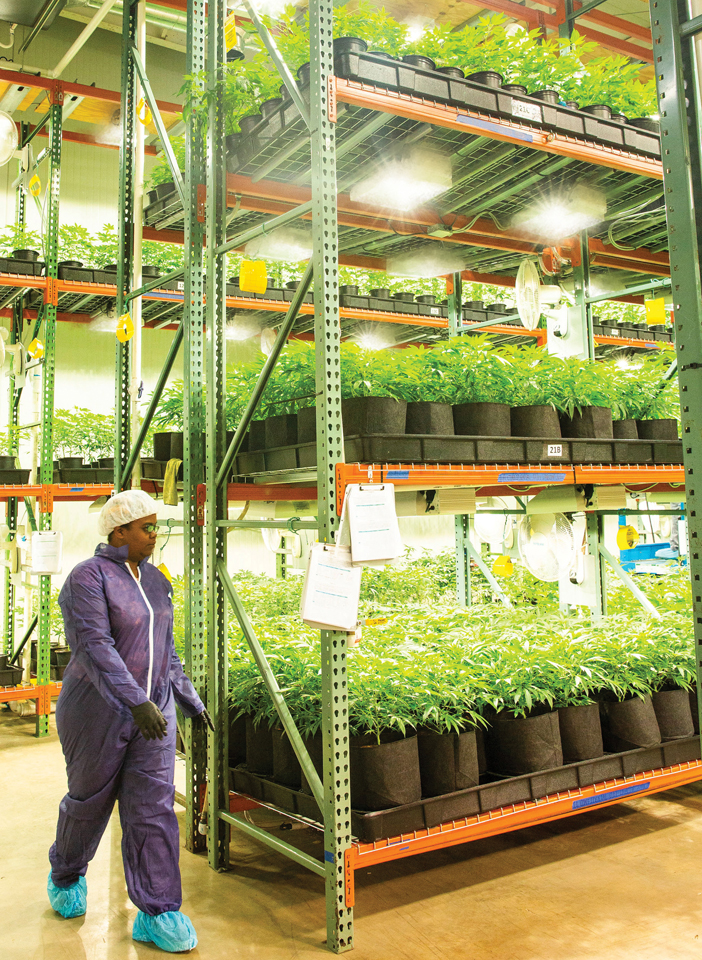
Not long after pulling into the parking lot of a revamped old furniture warehouse—the kind of site so nondescript it evaporates from view—I passed through a security checkpoint and donned a blue disposable lab coat. After wiping my shoes on a wet rubber mat, I stepped into one of multiple hangarlike spaces packed wall-to-wall with budding bright green cannabis plants. The crops luxuriated under an extensive lighting system, with their telltale feathered leaves and urgent, sweet aroma wafting off of purple-and-orange, trichome-specked flowers.
Transfixed at first sight, I had an immediate, reflexive reaction. I inhaled.
“You want to be careful not to speed when you drive home from here” is a joke I heard more than once from the cheerful employees of Trulieve, the first and largest of 14 companies licensed by the state of Florida to grow and market medical marijuana. For full disclosure, I own shares in Trulieve, which has traded in Canada since last September.
Trulieve operates 514,450 square feet of cultivation space in Quincy, with more than 1,500 employees statewide and dispensaries in 24 cities from Miami to Pensacola. Amid rapid expansion, the company reported revenue of $28.3 million for the third quarter of 2018. Its website lists an array of cannabis variants—with names like Super Silver Haze, Gorilla Grapes, Sunshine Kush, Mandarin Dream, Harlequin, 9lb Hammer and even Florida Man—sold in a variety of forms, including vape pen cartridges, tincture droplet bottles and vaporizer cups.
Like what you read? Click here to subscribe.
Such an operation was made possible in November 2016 when 71.3 percent of Florida’s voters approved an amendment to the state’s constitution to legalize medical marijuana. It was the greatest margin of victory in any marijuana reform initiative in the United States. Almost two million more people supported the effort than voted for Donald Trump for president, which suggests, in this swingingest of swing states, there might actually be something most Floridians can agree on.

And consider this: Nikki Fried, Florida’s new commissioner of agriculture, launched her campaign with a video that framed her standing in a medical cannabis greenhouse. This might have seemed a radical stance for a Florida politician even a few years ago. But in 2018, the 40-year-old former public defender and cannabis lobbyist was the sole Democrat to win statewide office and the first this decade to gain a seat in the Cabinet. Fried campaigned on the issue, which, despite the favor it has with the electorate, ran into roadblocks with the GOP-controlled state legislature and former Gov. Rick Scott, who opposed certain measures—including allowing patients to smoke medical marijuana and removing the cap on the number of organizations licensed to produce and dispense it—that activists supported.
Before anything else happens, she said, “We have to get medical marijuana right.” Fried found an apparent ally across the aisle in the new Republican Gov. Ron DeSantis, a Trump-anointed former U.S. congressman. During his first week in office, DeSantis chastised the legislature and demanded action to end a ban on smoking medical marijuana. He also expressed his opposition to the requirement that the companies involved be vertically integrated, handling everything from production to sale. When the legislature convenes in March, either it can heed “the people’s will,” as DeSantis called it, or he will drop the state’s appeal to a court decision that deemed the ban unconstitutional.
“We’ll see some changes in this legislative session as far as the program is concerned,” insists Fried, who plans to create a new position to oversee the statewide cannabis program and introduce a series of initiatives, including the introduction of edibles—a term for “gummies” and other cannabinoid-infused treats—and guidelines for hemp, whose commercial production was legalized in December by the 2018 U.S. Farm Bill. “My belief is we’re going to begin working on a glitch bill this year, … and regardless, you know, I’ve got a pretty big bully pulpit, and we’ll be parsing those issues every step along the way.”
The trend toward liberal marijuana laws across the country will put Fried, and the Sunshine State, in the national focus, especially in the lead-up to the 2020 elections, when there could be a new referendum to sanction recreational cannabis, or “responsible adult use,” as advocates like to call it.
“Florida politically is kind of a microcosm of the country writ large,” says Ben Pollara, a Miami-based Democratic political consultant and medical marijuana activist who ran the 2014 and 2016 campaigns and is senior adviser to the medical marijuana advocacy organization Empowering Wellness. “There’s no clearer example of that bellwether status than the issue of marijuana reform.”
The movement has been a long time coming, with seismic shifts in public opinion in the past few years. Marijuana use was first restricted in the United States in 1937, an outgrowth of the antipathy directed toward a wave of Mexican immigration—apparently a political issue that never goes away. The U.S. government still lists the plant on the same schedule of drugs as heroin, a stigma that inspired a certain outlaw credibility for the “weed with roots in hell,” as a hysterical 1930s cautionary film called it. Meanwhile, American icons from Louis Armstrong to Willie Nelson publicly championed its use.
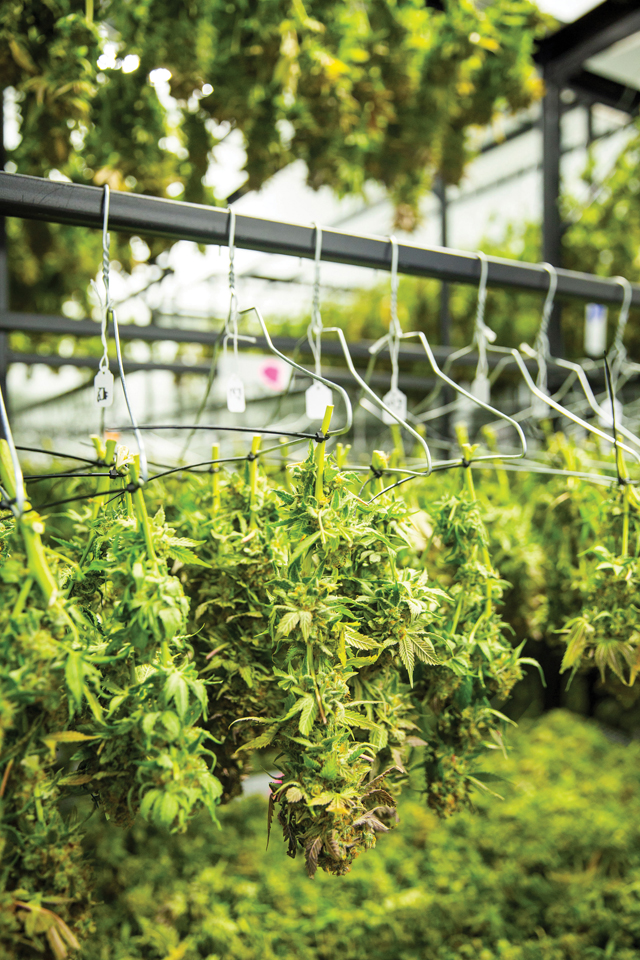
California led the way, legalizing medical marijuana in 1996. Two decades later, marijuana is legal for medical use in 33 states and the District of Columbia. Recreational use is legal in 10 of those states and D.C. And there is good reason to expect movement on the national front. With the Democratic takeover of Congress in the 2018 election, Politico reported, “the backlog of small changes that marijuana advocates have been clamoring for since 2016—clarification of banking rules, permission for veterans to talk to their VA doctors about medicinal marijuana, protections against federal interference for state-legal programs (medical and recreational)—is due to appear in upcoming appropriations bills.”
Several events in 2012 and 2013, including the legalization of adult use in Washington and Colorado, and the Obama administration’s Cole memo—in which the Justice Department promised not to enforce federal marijuana laws in states that had in some way legalized use—proved influential to Florida voters, Pollara says. After a 2014 referendum fell only 2.4 percentage points shy of the required 60 percent for approval, city and county governments around the state began decriminalizing the weed on their own. “It’s been a sea change on the issue,” Pollara says. “The DeSantis folks seem to be sending a lot of signals that they’re going to take a much, much different approach on this than the Scott administration.”
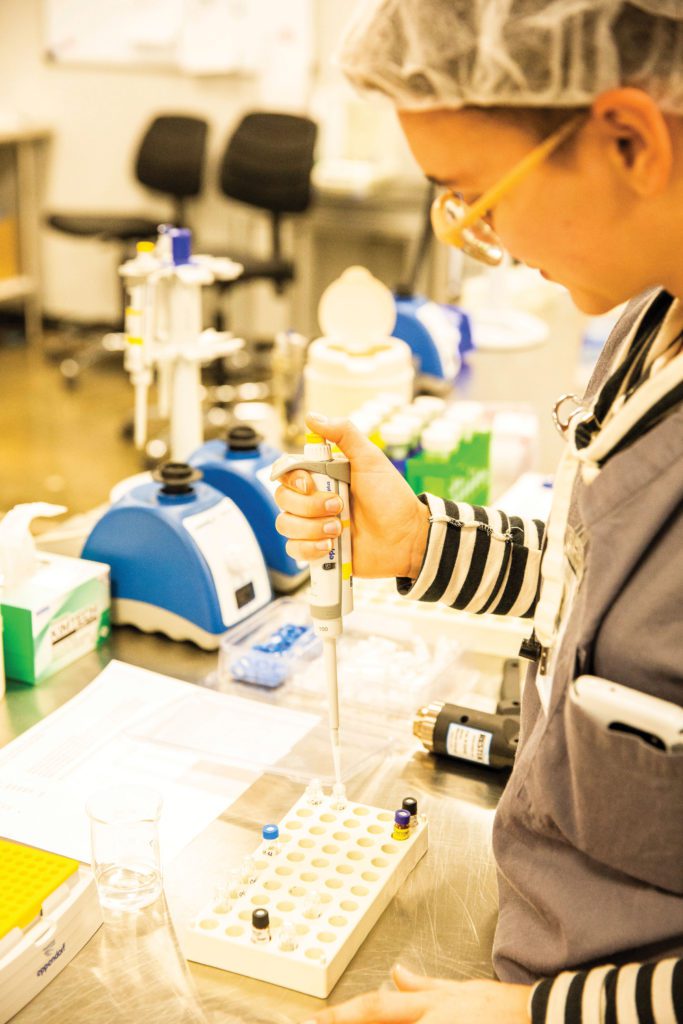
The two-term former governor, now representing the state in the U.S. Senate, was an emphatic marijuana opponent who campaigned on a pledge to require drug testing for welfare recipients. “Rick Scott wouldn’t have known the difference between LSD, heroin and marijuana,” says John Morgan, the colorful Central Florida attorney whose name has become synonymous with weed reform after he spent $15 million to $20 million, by his own estimate, to bankroll two referendum campaigns. “He just thought it was a bowl of M&Ms. There’s a brown one, there’s a green one, there’s a blue one. They all taste the same.”
Scott is 66. DeSantis is 40, around the same age as many of the state’s incoming political leaders. It’s an important distinction, this generational shift. “These are young people who are not entrenched in the mindset of the last 100 years,” Pollara says. “It’s a pretty deeply ingrained cultural standard. Up until the last 10 or 20 years, marijuana was a drug. It wasn’t medicine. It wasn’t something much more similar to alcohol. This was the ‘just say no,’ drug wars messaging.”
The popularity of cannabidiol, or CBD, products also did a lot to soften public perception, especially among consumers at the far end of the age range. “I can’t tell you the number of times I’ve overheard two old ladies talking in a coffee shop, [saying] ‘This is CBD, it’s the kind of marijuana that doesn’t get you high,’” Pollara says. “Every boutique that sells high-end bath and body products has a CBD thing. That’s been a huge deal.”
Some of the movement’s most ardent supporters have urgent personal motivations for taking their roles. Gary Stein, a Pasco County activist, microbiologist and epidemiologist who formerly tracked HIV and sexually transmitted disease cases in Florida for the Centers for Disease Control and Prevention, wanted to help his wife, who has glaucoma. “She was told by her doctor that if she tried using cannabis she’d be kicked off the practice,” he says. “Her medicine was not working and she was losing her eyesight. I thought it was a good idea to try to make this legal.” Stein, who also runs the political action committee Clarity PAC, plans to run in the special election for the Florida House seat vacated by Danny Burgess, the 32-year-old Zephyrhills Republican tapped by DeSantis to lead the state’s Department of Veterans’ Affairs.
Morgan, whom Pollara recruited for the cause in 2013, has a brother who is quadriplegic. “He used [marijuana] illegally to control his spasms and his pain and his anxiety,” the lawyer says. “It was immediate and it was effective, and it took him off seven Xanax a day. When they came to me, I said, ‘Of course I’m for it.’”
When the vote on the initial referendum fell agonizingly short, Morgan couldn’t let it go. “I’m a bad sport,” he says. “I don’t take losing well.” What pushed the needle, though, was the public response he saw. “Everywhere I would go, people would come up to me—really sick people, veterans, firemen and policemen—and thank me for trying, for what it could have meant to them, and that’s so impactful. All of a sudden you’ve got this burden. God, is this what I’m destined to do? How do I let them down? How do I walk away now when I can come back and do it better and smarter?”
Advocates also look to another benefit of decriminalization, if not outright legalization, of marijuana for personal use: a reduction in arrests and incarcerations and possible legislation, or language in a referendum, that could retroactively apply to those jailed for possession. Raymer Maguire, criminal justice manager of the Florida branch of the American Civil Liberties Union, estimates there are some 12,000 marijuana-related felony arrests and 40,000 misdemeanor arrests each year in Florida. Of the 55,000 people in Florida’s county jails, about 2,800 could be affected by a change in the law.
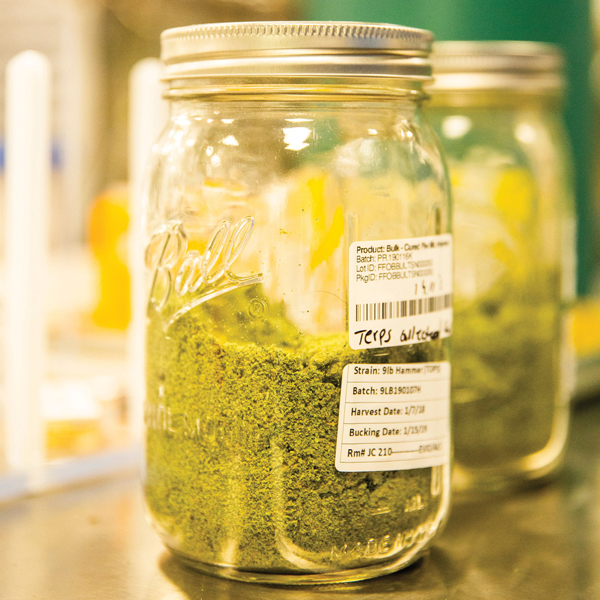
“That’s a small, single-digit decrease, but it’s also thousands of humans locked up in cages for possession of a plant,” Maguire says, noting that people of color, men and people under 29 are incarcerated for marijuana-related crimes at a disproportionate rate. “For every single person we can get out, that’s a family with a dad, or a husband with a wife. That’s sometimes lost when you look at big numbers.”
Unlike some proponents, Morgan doesn’t expect any action during the legislative session. “I don’t think legislatures ever get anything done for the good of the people,” he argues. “I think they are totally owned by special interests that have different agendas, and they are bought and paid for. They may agree to something on [smokable medical marijuana], because the governor has the sword of Damocles over their head.”
Whatever happens in Tallahassee this spring, or doesn’t, is unlikely to slow momentum when the time comes for Floridians to consider the full legalization of cannabis.
“The interesting thing now is you’ve got industry,” Morgan says. “Before, you had a trial lawyer with some money. Now you’ve got licenses and people who are making large amounts of money. This time around, it’s going to be big checks written from big operators. [When] I was out there, I had a trombone, and I was marching down the street for the parade, and I turned around and there was nobody with me.
“We’re not at the tipping point stage, but we’re at what I call the inevitability stage,” he continues. “Everybody knows that one day it will be legal everywhere. Everybody knows that. And it’s not a matter of if, it’s just a matter of when. And when the snowflake will hit the mountain, and when the avalanche will fall, who knows? But it’s coming, and it’s coming very fast. It’s like those dominoes you used to see. The dominoes would click-click-click-click, and all of a sudden they’re doing figure eights very fast. And that’s where we are right now.”
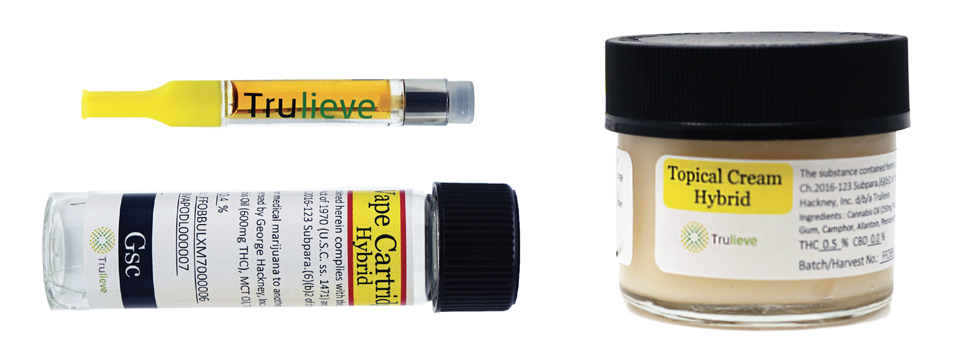
Morgan’s forecast points to a Floridian pot-topia, a place with fewer people in jail and an influx of new tax dollars to bolster education and better protect and preserve the state’s coasts and natural wonders. A place where cannabis can be as much a remedy for social ills as for physical ones.
As I marveled at the horticultural wizardry at the Trulieve grow facility, I got a psychological contact high. Like a lot of us, I imagine, I was only avid about smoking weed when I was in college. In more recent years, I would occasionally enjoy a puff of “Highway 20 dirt weed” with my father, who had a daily ritual of getting high on the deck of his lake house, with a little Willie twanging in the background. Close proximity to such radiant flowers was a tad disorienting. And, as helpful Trulieve staffers reminded me more than once, Floridians will have to wait before marijuana is more than medical. Johnny Law is out there, and he has a nose for this stuff. I realize the lab coat isn’t only to protect the plants from workers and guests. It helps to keep that sticky-sweet perfume at bay.





